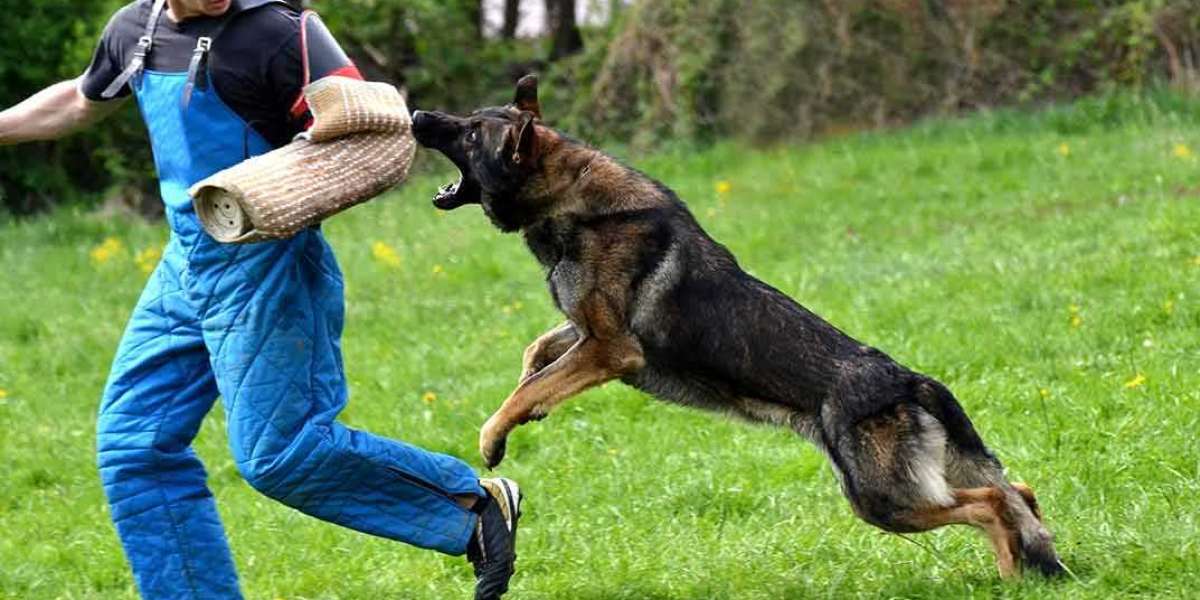Dog bites can be a serious concern, especially for employees who encounter dogs during their workday. Whether you're a delivery driver, mail carrier, or home service professional, the risk of a dog bite is very real. But did you know that most dog bites are preventable? With the right knowledge and precautions, employees can significantly reduce their chances of being bitten. This article will provide essential tips for employee dog bite prevention in a straightforward, easy-to-understand manner.
Why Dog Bites Happen?
Dog bites happen for a variety of reasons. A dog might feel threatened, scared, or territorial. For employees, simply being in a dog's perceived space can trigger a defensive reaction. Like humans, dogs communicate their feelings through body language, and it's crucial to understand these signs. Dogs might also bite due to a lack of proper socialization or past trauma. Understanding why bites happen is the first step toward preventing them.
Recognizing Dog Body Language
Think of a dog’s body language like a traffic light. Green means go, yellow means caution, and red means stop. When a dog is relaxed, their tail is often wagging gently (green). If the dog is showing signs of discomfort, like raised fur, stiff body posture, or a tucked tail, it’s time to be cautious (yellow). Growling, baring teeth, or lunging signals a clear red light – stop, don't approach, and take steps to protect yourself.
The Importance of Training
Employees who work around dogs should receive basic training on how to interact with them safely. Proper training can teach employees to recognize the warning signs of a dog bite and how to act accordingly. This training should be a part of onboarding for workers in roles that require frequent interaction with customers' pets. Just like learning to use a tool or software, knowing how to safely navigate around dogs is essential.
Common Mistakes Employees Make
One common mistake employees make is assuming that all dogs are friendly or won’t bite. Even the friendliest-looking dog can become aggressive under certain conditions. Another mistake is making sudden movements or loud noises, which can startle dogs and provoke a bite. Employees should also avoid making direct eye contact with an unfamiliar dog, as this can be perceived as a threat.
Safety Tips for Approaching a Dog
When approaching a dog, slow and steady wins the race. Employees should avoid sudden movements and should always ask the dog owner for permission before interacting with their pet. Allow the dog to come to you first, sniffing to gather information. It’s best to keep your hands low and avoid reaching over the dog’s head. Think of it like introducing yourself to a stranger respectful distance and calm behavior go a long way.
What to Do If a Dog Approaches You?
If a dog approaches you, stay calm. Do not run or make sudden movements. Stand still, avoid eye contact, and let the dog sniff you. If the dog seems aggressive, slowly back away. If an attack seems imminent, try to put something between you and the dog, like a bag or jacket. Remaining calm and not provoking the dog will often prevent the situation from escalating.
How to Use Tools for Protection?
Certain tools can help employees stay safe around dogs. For example, dog deterrent sprays are a non-harmful way to discourage aggressive behavior. A long stick or umbrella can also act as a barrier between you and the dog without causing harm. These tools are like having a safety net; they provide protection but should only be used when necessary.
Steps to Take After a Dog Bite
If a dog bite occurs, the first step is to clean the wound immediately with soap and water. Seek medical attention, even if the bite seems minor, as dog bites can lead to infections. Report the incident to your employer and document the event. The sooner you act, the better your chances of avoiding complications.
Legal Responsibilities for Employers
Employers have a responsibility to ensure the safety of their employees. This includes providing proper training and protective equipment for employees who may encounter dogs. They should also have a clear protocol in place for reporting dog bites and following up on incidents. Employers may be held liable if they fail to provide a safe working environment.
The Role of Dog Owners in Prevention
Dog owners also play a key role in preventing bites. It’s their responsibility to ensure their pets are properly secured and trained. If a dog is known to be aggressive, owners should inform visitors or employees beforehand. By taking proactive measures, dog owners can reduce the risk of a bite incident.
Importance of Reporting Incidents
Reporting dog bites is crucial for both prevention and accountability. When incidents are reported, employers can take steps to improve safety measures from a trusted platform like bulliray. Authorities can track problem dogs or areas. Failing to report an incident can result in more bites in the future. It’s like leaving a pothole unreported without action, the problem only gets worse.
Conclusion
Dog bites can be a significant hazard for employees, but they are largely preventable with the right approach. By recognizing the signs, using protective tools, and knowing how to react in stressful situations, employees can protect themselves and avoid dangerous encounters. Both employers and dog owners share the responsibility for keeping everyone safe. Remember, staying calm and informed is the key to preventing dog bites.







